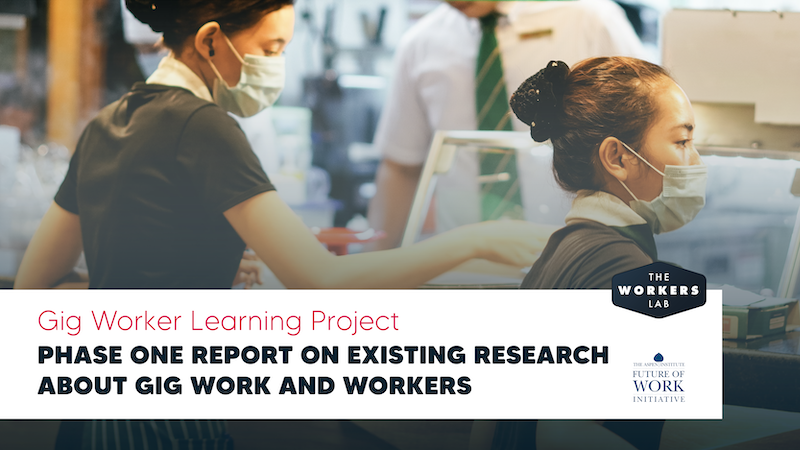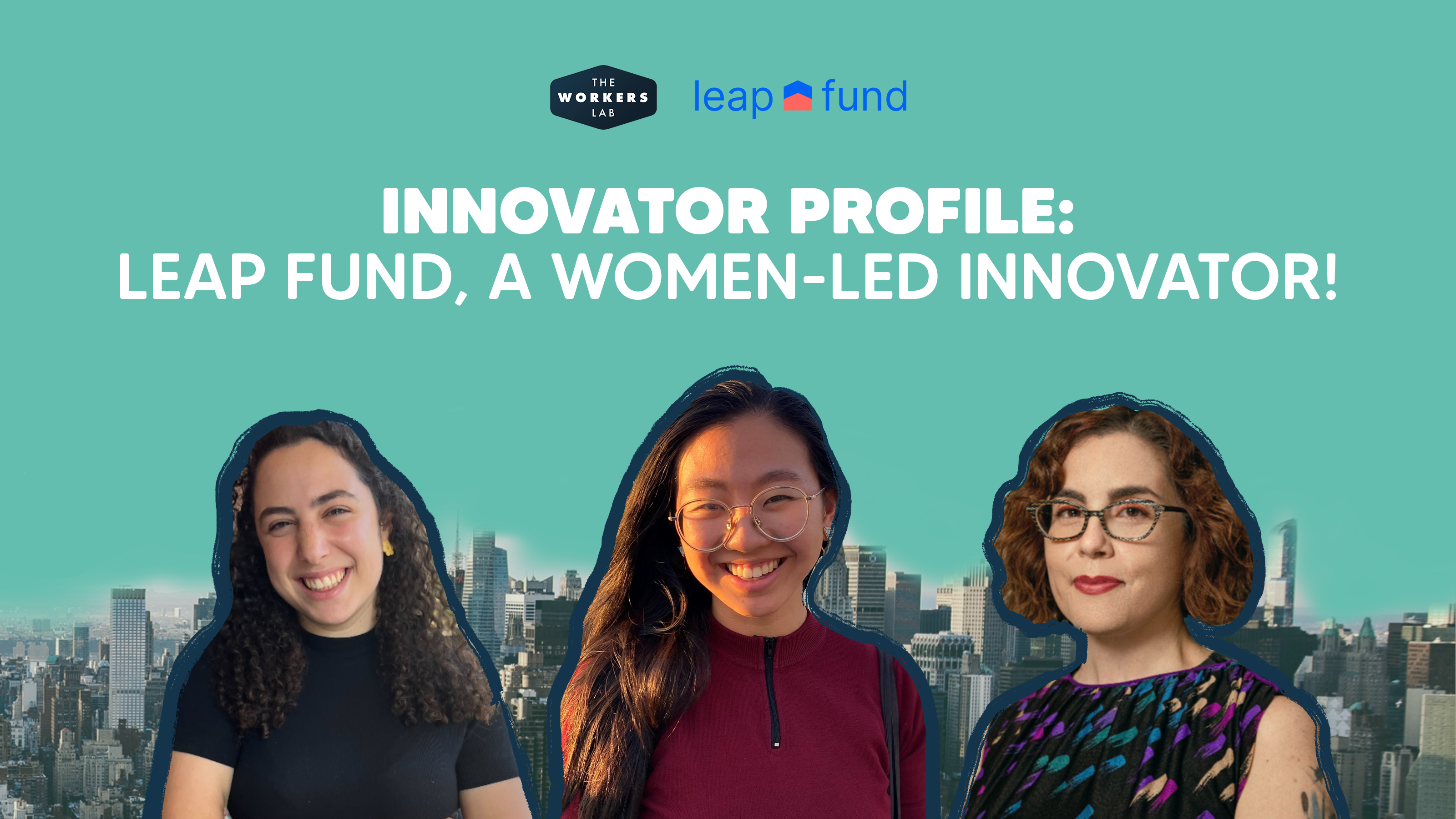This tremendous women-led nonprofit is helping workers navigate the "benefits cliff" that many have to face when deciding between earning a dollar or two more per hour and losing valuable safety net benefits, like childcare subsidies or SNAP.
After winning an Innovation Fund grant in the spring of 2020, just about everything shifted for Leap Fund, a New York-based nonprofit that focuses on addressing the benefits cliff many workers face when they have to decide between earning one to two dollars more per hour or losing more valuable benefits, like childcare subsidies or SNAP (also known as food stamps). While the pandemic changed the lives of millions of working Americans, it also magnified the issues Leap Fund is working to address, including the next level math many workers do to weigh the competing priorities of public benefits support versus earning more money. Leap Fund’s products include partnering with coaches who are advising workers and partnerships with employers to help them better understand and tackle benefits cliffs as well.
We recently caught up with Leap Fund’s founder, Karen Schoellkopf, to learn more about how Leap Fund pivoted during the pandemic and how they continue to support workers, employers, coaches, and legislators who are addressing these issues. Check out our interview below and visit their website to learn more or support their work today.
How has your organization changed or grown since we first connected with you?
What has changed? Everything! We won the award in 2020, which was a real-time of upheaval. At the time, we were focused on working with employers, but in March of 2020, they were in a tailspin—laying folks off, and shuttering their doors— a lot was so uncertain. We shifted to focus on workers who were losing benefits and working through changes to their income and public benefits. This led us to create a program for coaches— which can include the financial, workforce training, employment, and benefits access coaches that many workers turn to when they’re facing uncertainty. In 2020, we started a pilot program with 10 coaching organizations to help them better navigate these issues with their clients, and then expanded in 2021 to 40 organizations across the country. We’ve recently created an updated program and platform, which we’re bringing to more coaching organizations focused on future planning with their clients.
During the last few years, we’ve also engaged a wider net of stakeholders, including new conversations with employers and legislators. Much of our work is focused on upskilling and educating people about these issues. Public benefits recipients don’t know this is an issue until after it happens, and employers may not realize that benefits cliffs are so bad for business — employees turn down raises or promotions out of fear of losing critical public support. The pandemic helped employers see these challenges.
We were able to present our work to Congress at the end of 2021. The fact that so much shifted culturally in 2020 enabled us to tell the benefits cliff story to the House Rules Committee utilizing the data we were collecting. The fact that The Workers Lab funded us in 2020 allowed us to inform the national policy conversation at the right moment.
What are you focused on today?
Our focus remains on supporting workers. Our top priority has always been the people using our tools and resources. With our Benefits Cliff Coaching Program, we're providing professional development and training for coaches, which appears to be the first of its kind in this space. We’ve developed resources and guides for coaches who are navigating these areas and have created an intuitive benefits cliff calculator to help show workers what their own benefits cliff situation means for them.
Clients need this transparency into their income and benefits in order to strategically navigate decisions such as taking a new job or more hours at work. We want to give them the information they need to make data-driven decisions. We’re ensuring we speak in plain language and that our tools are easy to use.
Another priority is employers. We’re educating and upskilling employers so they can better understand how to support their workforce. We also want to help them make data-driven decisions around benefits, compensation, and the like. We are hyper-focused on addressing this problem and trying to engage as many stakeholders as possible so that many people can contribute to long-term solutions.
What do you want potential donors to know about your work?
Donors are critical to the survival of an early-stage organization. We would not have been ready to leverage the shift in the wind if we had not been funded at an early stage in our work. The newness and nimbleness of innovators is a strength, and by investing in them, you're inviting innovation into novel spaces and letting innovators collect and build data and test new ideas that can lead to solid new solutions. But new ideas can't be found unless we have space to do the work. So please fund early (and often!).
What advice do you have for new innovators trying to help workers?
Endlessly and continuously talk to the workers that you serve to understand their challenges and joys. There are so many ways we can shortcut work by assuming we know their challenges. But assuming you understand the challenges of any subset of workers can lead to mistakes quickly. Talking to the workers you’re actually serving will ensure you're focused on their real challenges so you can address their pain points. This has the dual benefit of being a data-driven approach that can help make the case for funding as well.
-Jun-06-2024-03-00-31-8398-PM.png?width=1800&height=1080&name=TWL%20Logo%201%20(1)-Jun-06-2024-03-00-31-8398-PM.png)

